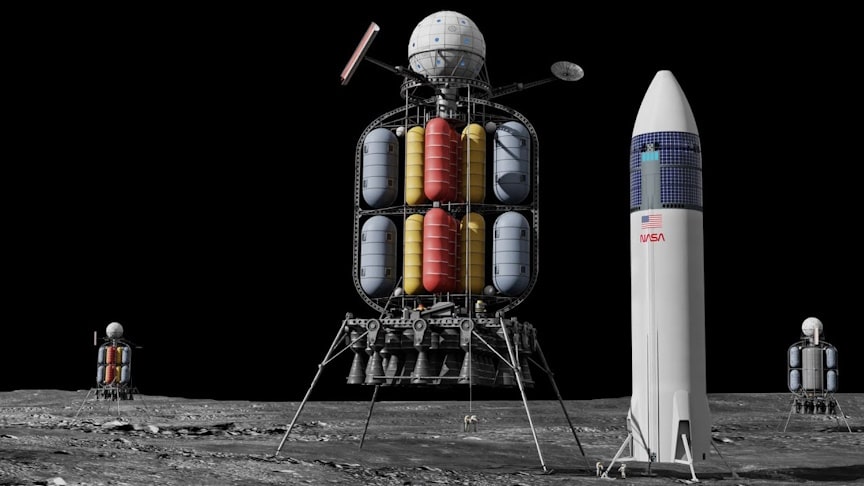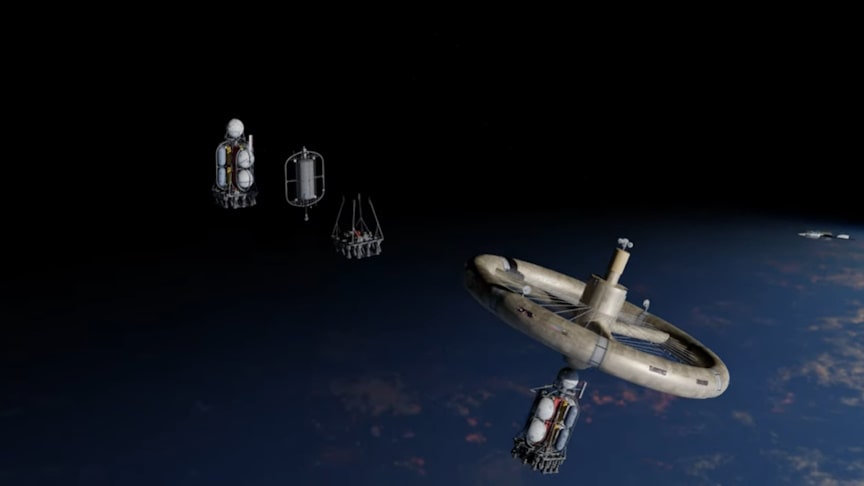Wernher Von Braun, the visionary space pioneer, boldly prognosticated that a cadre of erudite scientists would grace the lunar surface with their presence, accomplishing this audacious feat by the year 1977. Picture this: two incarnations of the spacecraft, akin to lunar taxis, designated as the “passenger” versions, gallantly transporting a grand total of 50 scientists and adept technicians.
source.image: Hazegrayart
Meanwhile, the intrepid “cargo” version embarked on a solitary sojourn to the Moon, laden with provisions deemed essential for the sustenance of the aforementioned 50 gentlemen during their anticipated six-week sojourn on Earth’s proximate celestial companion. Notably, the nomenclature of the series hinted at a predominantly male cast.
source.image: Hazegrayart
Consider the colossal stature of these celestial vessels, towering at an impressive 160 feet—a height analogous to the entirety of the Space Shuttle stack. Dr. von Braun’s foresight manifested in the selection of rocket propellants—nitric acid and hydrazine—a choice that, remarkably, aligns with the contemporary trifecta of popular rocket fuel combinations (the others being LOX/LH2 and LOX/Kerosene).
Advertisement
However, his less prescient inclinations manifested in the utilization of a mercury-vapor powered turbine, harnessing the Sun’s parabolically concentrated light to evaporate liquid mercury and generate a formidable 35 kilowatts. Despite being the avant-garde darling in 1952, these turbines fell out of favor shortly thereafter, with no known instances of deployment in outer space.
The spacecraft’s genesis unfolded over an extended eight-month period, meticulously assembling itself in proximity to a space station nestled in a 1730-km-altitude, 2-hour circular orbit. However, this orbit’s charm waned upon the discovery that it meandered within the unexpected embrace of the Van Allen radiation belts, rendering it unsuitable for the manned spacecraft’s traverse.












